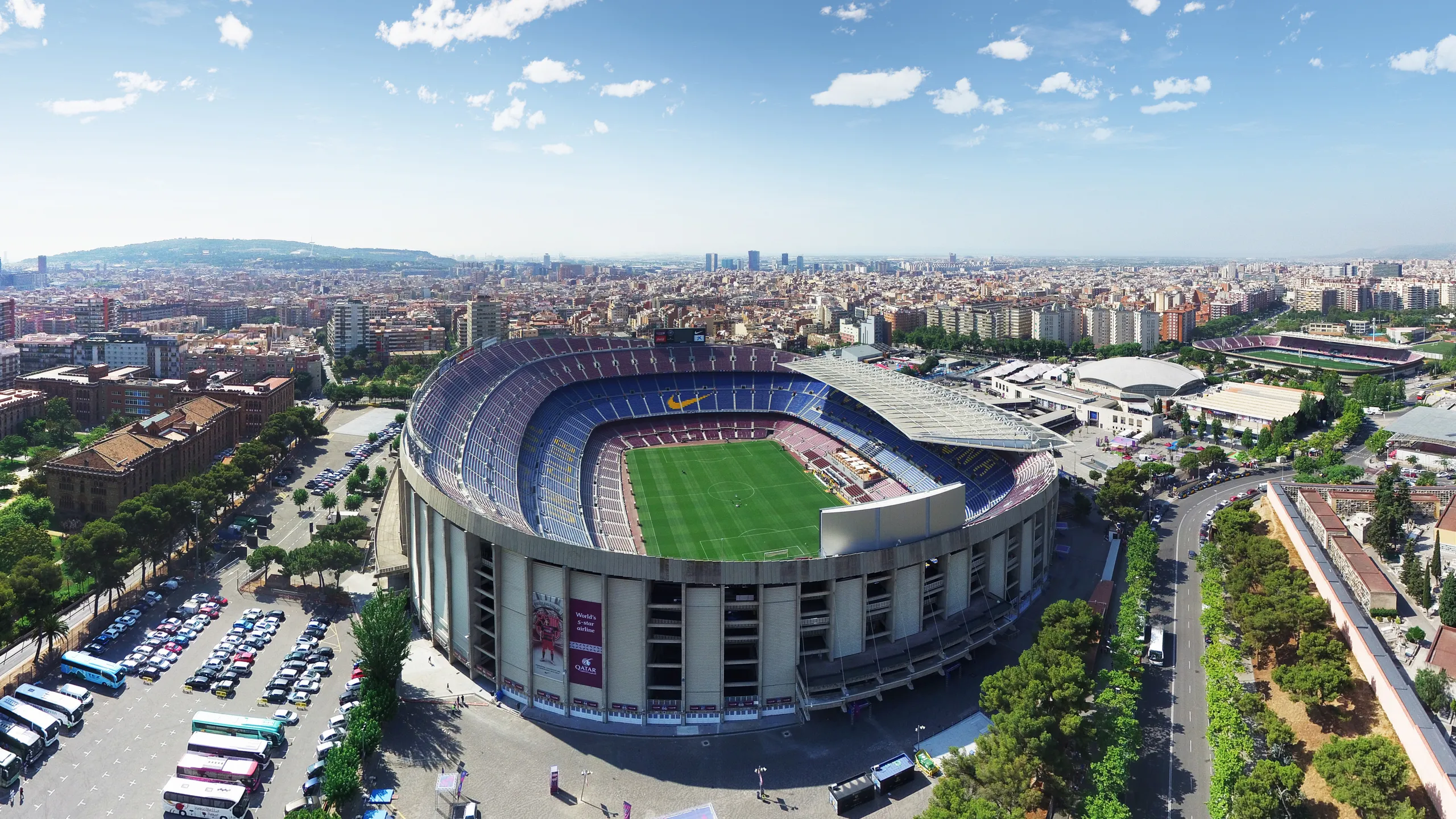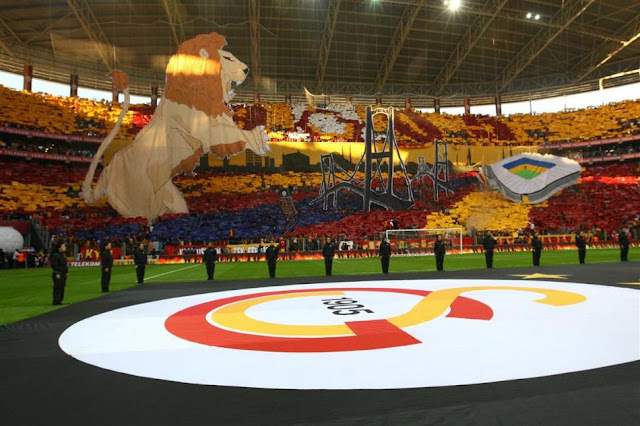Exploring the Largest Football Stadiums in the World: Where Size Meets Spectacle
Football, known as soccer in some parts of the world, is a sport that captivates millions of fans worldwide with its electrifying matches and passionate atmosphere. As the popularity of football continues to soar, stadiums have become iconic symbols of the sport, hosting thrilling matches and unforgettable moments. In this article, we’ll take a closer look at the five largest football stadiums in the world, where size meets spectacle on an epic scale.
1- Rungrado 1st of May Stadium – Pyongyang, North Korea: Topping the list as the largest football stadium in the world is the Rungrado 1st of May Stadium, located in Pyongyang, North Korea. This colossal venue can accommodate an astonishing 114,000 spectators, making it not only the largest football stadium but also the largest stadium overall by capacity. Built in 1989, the stadium primarily hosts football matches and national celebrations, showcasing the grandeur and scale of North Korean architecture and engineering prowess.

2- Melbourne Cricket Ground (MCG) – Melbourne, Australia: While primarily known as a cricket ground, the Melbourne Cricket Ground (MCG) also serves as one of the largest football stadiums globally. With a seating capacity of approximately 100,024, the MCG has hosted numerous football matches, including Australian Football League (AFL) games, international friendlies, and even FIFA World Cup qualifiers. Its iconic design and rich sporting history make it a revered venue among football fans and athletes alike.

3- Camp Nou – Barcelona, Spain: Home to the legendary FC Barcelona, Camp Nou is not only one of the most iconic football stadiums but also one of the largest. With a seating capacity of around 99,354 spectators, Camp Nou is renowned for its electrifying atmosphere and passionate fanbase. The stadium has witnessed countless historic moments, including memorable matches featuring football legends like Lionel Messi, Johan Cruyff, and Ronaldinho. Visiting Camp Nou is a pilgrimage for football aficionados seeking to experience the magic of one of the world’s most storied clubs.

4- FNB Stadium (Soccer City) – Johannesburg, South Africa: FNB Stadium, also known as Soccer City, gained international prominence as the centerpiece of the 2010 FIFA World Cup hosted by South Africa. With a seating capacity of approximately 94,736, this iconic stadium played host to the tournament’s opening and final matches, capturing the world’s attention with its striking design and vibrant atmosphere. FNB Stadium continues to be a symbol of unity and pride for South Africans, hosting major football matches and cultural events.

5- Rose Bowl Stadium – Pasadena, United States: Located in Pasadena, California, the Rose Bowl Stadium is one of the largest and most historic football stadiums in the United States. With a seating capacity of around 92,542, the stadium has been the site of numerous college football games, including the annual Rose Bowl Game, which is part of the College Football Playoff. Additionally, the Rose Bowl Stadium has hosted international soccer matches, Olympic events, and even Super Bowls, cementing its status as an iconic venue in the world of sports.

From the grandeur of the Rungrado 1st of May Stadium in Pyongyang to the historic charm of the Rose Bowl Stadium in Pasadena, these five football stadiums stand as monuments to the passion and spectacle of the beautiful game. Whether hosting capacity crowds for thrilling matches or serving as cultural landmarks imbued with history and tradition, these stadiums represent the global appeal and enduring legacy of football. As fans eagerly anticipate future matches and unforgettable moments, these colossal venues will continue to inspire awe and unite supporters from around the world in their shared love of the game.



